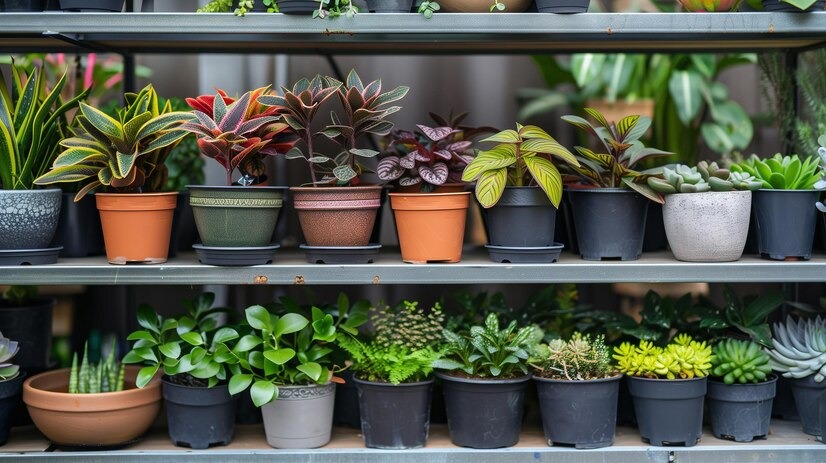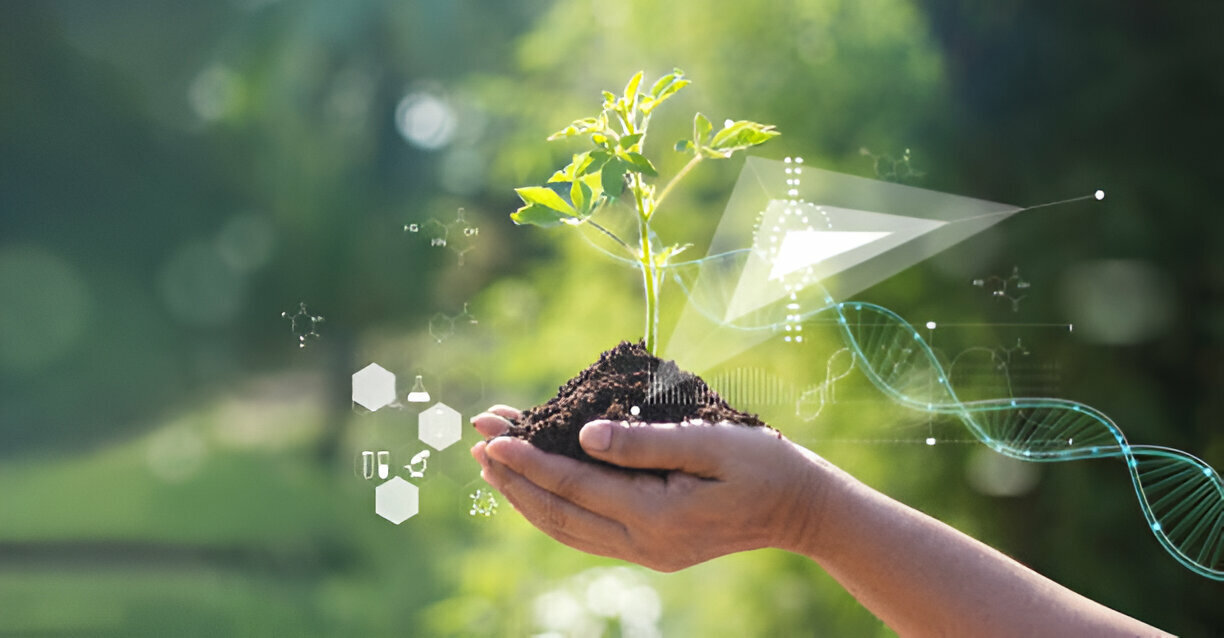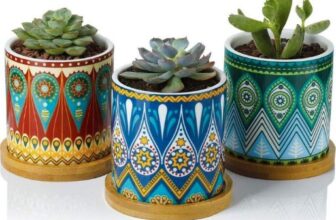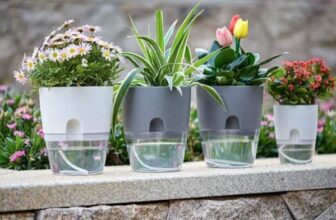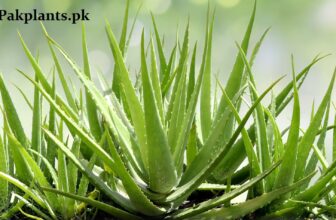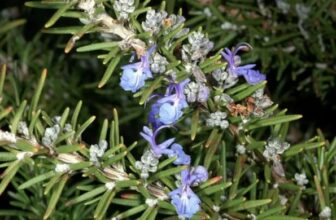Plants are an essential part of our planet’s environment, playing a vital role in maintaining ecological balance, supporting wildlife, and improving human well-being. The diversity of plant life is vast, from tall trees to tiny mosses, and each type of plant contributes uniquely to the environment. Pakistan is the biggest market for Online Plant Nursery. Here we explore the different available Plants, their types, and their significant impact on our environment.
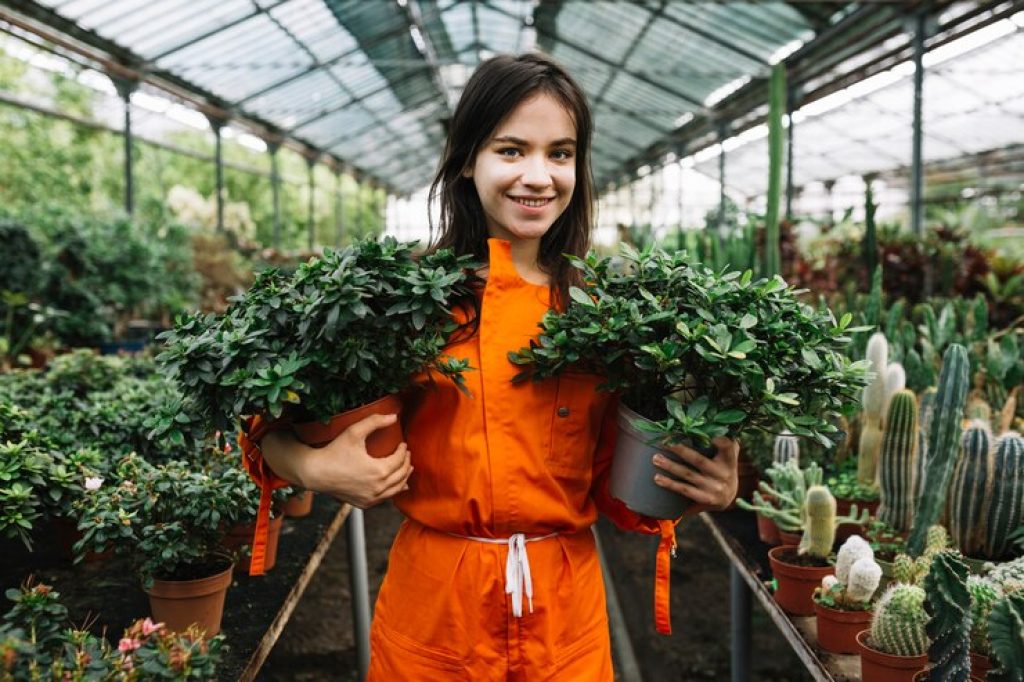
Types of Plants
1. Trees
Trees, vital and widely recognized, are mainly classified as deciduous or evergreen. Deciduous varieties like oaks and maples shed leaves annually, supporting wildlife habitats and enriching soil fertility. Conversely, evergreen types such as pines and firs maintain foliage year-round, providing continuous shelter and food for wildlife while aiding in soil stability and erosion control.
2. Shrubs
Shrubs are smaller woody plants often found in the understory of forests, playing a vital role in the ecosystem. They help control erosion with their extensive root systems, provide shelter and food for animals and insects, and enhance biodiversity by supporting a variety of wildlife species.
3. Herbs
Herbs are non-woody plants, such as basil, rosemary, and mint, which can be annuals, biennials, or perennials. They benefit the environment by attracting pollinators, enhancing soil health, and increasing biodiversity through companion planting and natural pest deterrence.
4. Grasses
Grasses, vital across various ecosystems from grasslands to wetlands, play key roles in environmental stability. Prairie grasses like bluestem and switchgrass are vital for soil stabilization and habitat provision, while ornamental grasses such as feather reed grass are used in landscaping to control soil erosion and enhance aesthetic value.
5. Ferns
Ferns, such as Boston and maidenhair ferns, flourish in shady, moist areas. They contribute significantly to soil formation and fertility through their roots and decaying leaves, and they play a key role in preventing soil erosion in forests and along stream banks.
6. Mosses
Mosses, such as sphagnum and cushion moss, are small, non-vascular plants. They help to retain moisture in the soil, which is beneficial for other plants and reduces soil erosion. Mosses also create microhabitats for a variety of small organisms.
7. Succulents
Succulents, including cacti and aloe, are well-suited to dry environments due to their water storage capabilities, aiding in water conservation and reducing the need for irrigation. Additionally, they help stabilize sandy or rocky soils, preventing erosion.
Environmental Impact of Plants
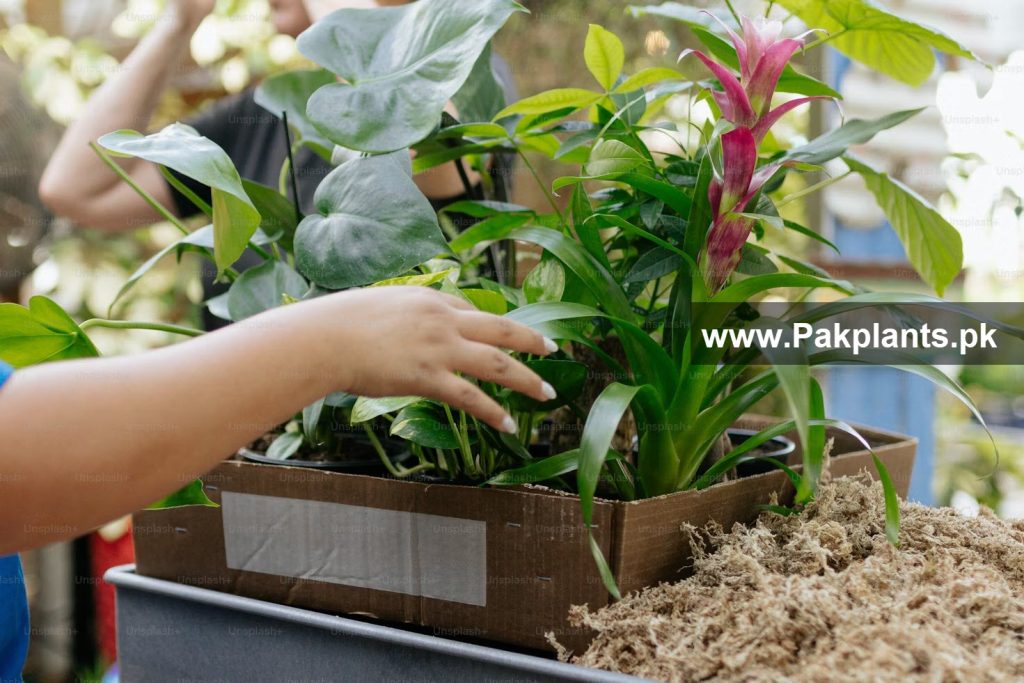
Plants play a crucial role in sustaining life on Earth. Here’s how different types of available Plants in Pakistan and their impact on the environment:
1. Air Quality Improvement
Plants are natural air purifiers. Through the process of photosynthesis, they absorb carbon dioxide and release oxygen, which is essential for human and animal life. Additionally, plants can absorb pollutants from the air, including harmful chemicals and particulate matter, improving air quality.
- Trees: Large trees are particularly effective at removing pollutants from the air and reducing the urban heat island effect.
- Indoor Plants: Certain indoor plants, like peace lilies and snake plants, are known to filter indoor air pollutants, contributing to healthier indoor environments.
2. Climate Regulation
Plants are vital for climate regulation, with forests and wetlands acting as significant carbon sinks. Forests store large amounts of carbon in their biomass and soil, aiding climate stability, while wetlands capture carbon and provide flood control.
Soil Health and Erosion Control
Plants enhance soil health by anchoring it with roots to prevent erosion, enriching it with organic matter from decaying plant material, and using cover crops like clover and rye to improve soil quality and prevent erosion.
4. Water Cycle Support
Plants are vital for the water cycle through transpiration, where they absorb water from the soil and release it into the atmosphere from their leaves. This process helps maintain humidity, reduces runoff and flooding, especially in urban areas, and stabilizes riverbanks while filtering pollutants from water.
5. Biodiversity Support
Plants are the foundation of ecosystems, providing food, shelter, and habitat for numerous organisms. They promote biodiversity by serving as primary producers in food chains, creating diverse habitats for insects, birds, and mammals, and supporting pollinators essential for plant reproduction.
6. Economic and Social Benefits
Plants have significant economic and social impacts: They are essential for agriculture, providing food and livelihoods; many plants have medicinal uses, offering health benefits and pharmaceutical resources; and urban green spaces improve mental well-being and provide recreational areas for communities.
Conclusion
Plants are essential for sustaining life and ecosystems, providing critical services to our environment. Understanding their diverse roles helps us appreciate their vital contributions. By nurturing booming plant life, we enhance our environment, improve quality of life, and promote sustainability. Whether planting trees or nurturing houseplants, every effort contributes to preserving and improving our world. Appreciating plants’ environmental impacts is key to creating a sustainable future.
Explore the different plant nurseries in Lahore for diverse plant selection and vast array of plants.
